Compliance Audits After Fitouts
Compliance Audit After Fire Service Installation
A compliance audit after fire services installation is a review or assessment of a fire protection system to ensure that it has been installed and is being maintained according to the relevant codes, standards, and regulations. The purpose of a compliance audit is to ensure that the fire protection system will function properly in the event of a fire and to protect the safety of building occupants.
The scope of a compliance audit may vary depending on the type and complexity of the fire protection system, as well as the specific codes and standards that apply to the building. Some common elements that may be included in a compliance audit of fire services installation include:
Review of design and construction documents: The auditors will review the plans and specifications for the fire protection system to ensure that it was designed and installed in accordance with the relevant codes and standards.
Inspection of equipment and components: The auditors will visually inspect the various components of the fire protection system, such as sprinkler heads, fire pumps, and fire alarms, to ensure that they are in good condition and functioning properly.
Testing of equipment and components: The auditors may conduct tests of various components of the fire protection system to verify that they are functioning properly. For example, they may test sprinkler heads to ensure that they are operating correctly and providing adequate coverage.
Review of maintenance records: The auditors will review the maintenance records for the fire protection system to ensure that it has been properly maintained and any necessary repairs or replacements have been made.
Verification of system activation: The auditors will verify that the fire protection system can be activated in the event of a fire, either manually or automatically.
Overall, the goal of a compliance audit after fire services installation is to ensure that the fire protection system is properly installed and functioning, and that it meets the relevant codes and standards in order to protect the safety of building occupants.


